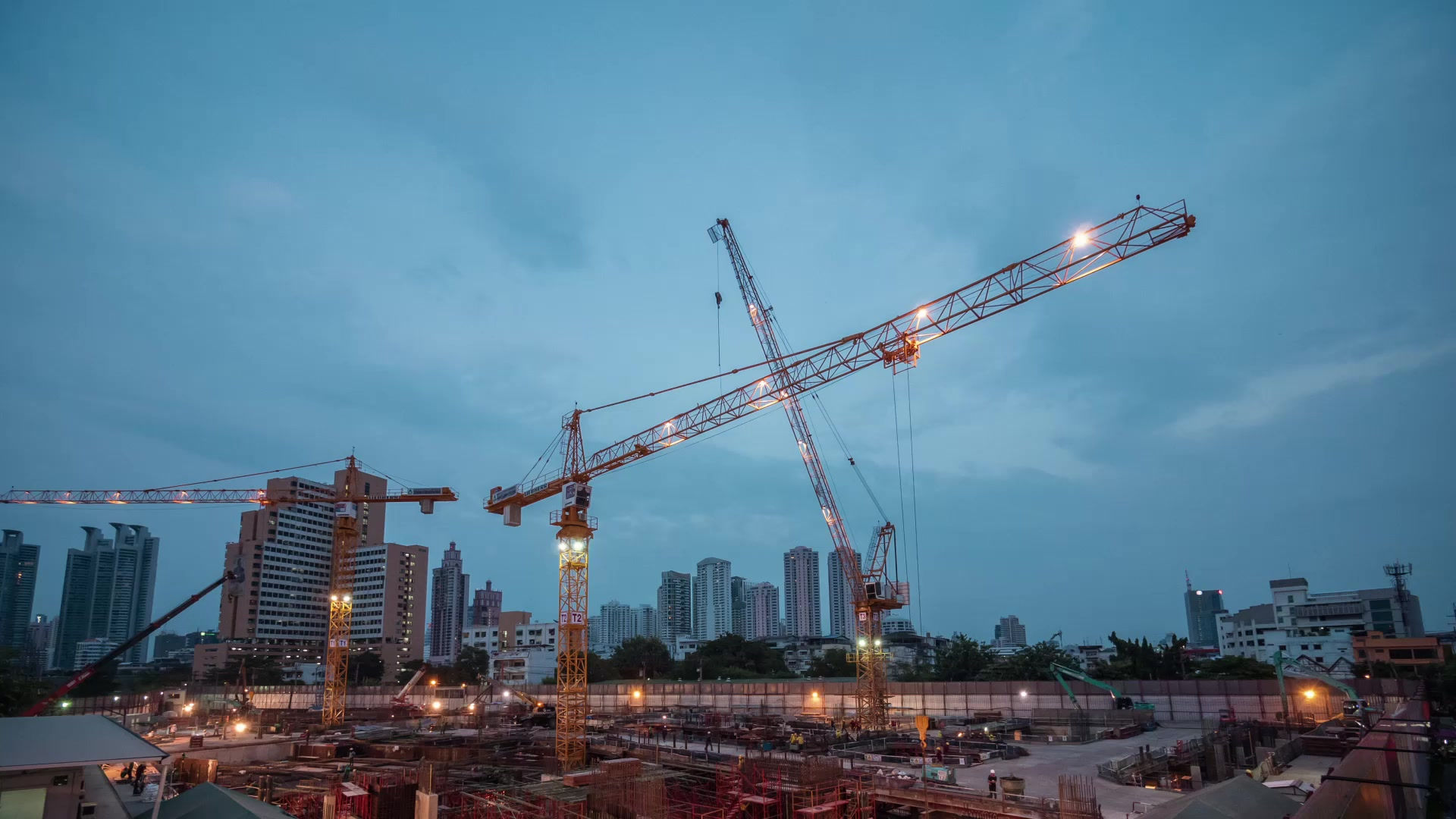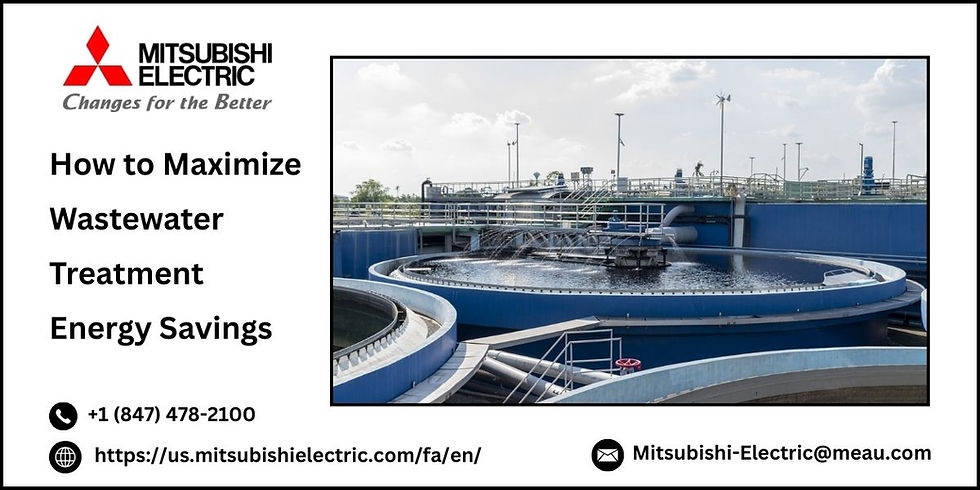How AI and IoT Are Shaping Material Handling Automation
- mitsubishielectric1
- Sep 3
- 4 min read

In today's manufacturing, the capacity to handle, track, and process materials at high speed and precision is not merely a matter of being competitive. It is the cause of productivity. Material handling automation has outgrown the conveyor belts and forklifts. Artificial Intelligence and the Internet of Things are currently working together to reinvent factories, warehouses, and distribution centers. Such technologies are no longer a vision of the future. They are propelling real-life solutions that improve efficiency, reliability, as well as safety in most industries.
Why AI Matters in Material Handling Automation
Artificial Intelligence brings intelligence to motion. Rather than having machines repeat certain actions in an empty room, AI enables them to read information, identify patterns, and make decisions. In the example, AI can help robotic hands sort goods according to their size, weight, or predicted demand to reduce downtimes and wastage as much as possible. AI-driven predictive analytics will enable facilities to predict when their equipment will wear out and schedule it in advance before it becomes a problem and brings the processes to a halt.
With machine tool solutions, AI produces accuracy in operations that previously relied on manual adjustments. From component alignment to tracking cutting tools, AI guarantees operations without flaws while reducing mistakes. This makes each phase of material handling more predictable and reliable.
The Role of IoT in Connected Operations
The Internet of Things turns devices and machines into clever ecosystems. Temperature, vibration, load balance, and energy consumption are some sensor data collected on production floors. Instead of making infrequent checks, operators can detect real-time information that will act as an alert.
IoT enhances traceability as well. The intelligent tags placed on products can be monitored on entry to a facility until delivery. Such transparency reduces bottlenecks, eases logistics, and ensures safety compliance. Using AI and IoT, the results acquired by the sensors of the IoT can be converted into actionable intelligence.
AI and IoT to Build Smarter Workflows
AI and IoT do more than just accelerate processes. They redesign how workflows are constructed. Classical systems were concerned with pushing goods from the starting point to the end point. Smart automation is concerned with streamlining the whole chain.
Machines automatically change speed according to traffic in the production line
Sensors detect misalignment and halt the process before harm is caused
Energy usage can be tracked and minimized without impacting performance
Prognostic tools optimize maintenance for the best timeliness
These adjustments are minor, but across big facilities, they equate to large gains in uptime and efficiency of resources.
Safety and Risk Reduction
Safety is a chief issue in any industrial setting. Automated systems using AI and IoT reduce the time spent by employees handling hazardous masses or hazardous zones. Real-time monitoring helps supervisors to implement solutions to such problems as overheating motors or leaning stacks before they turn into accidents.
Automated systems ensure every step is documented in an industry where compliance is the most important. This helps to reduce liability and instill a safety and responsibility culture.
Machine Tool Solutions for Precision and Consistency
Material handling is not just about movement. Preparation, machining, and finishing also fall under material handling. Machine tool solutions inject precision in these phases by merging sophisticated robotics with AI analytics. Think of a situation where instruments calibrate themselves automatically depending on the material density being handled. It eradicates expensive human error and guarantees consistent outputs.
In machining centers, adaptive tools and smart fixtures lower cycle times without diminishing quality. When networked under IoT, these tools communicate data through the manufacturing network, enabling each process to optimize the next. The result is a system whereby efficiency and precision feed off each other.
The Economic Value of Smarter Automation
Automation is typically talked about in terms of velocity, but the real value is in the economic return. AI and IoT eliminate waste by treating materials just as needed. Energy conservation accumulates when machines learn to use based on demand. Predictive maintenance saves repair costs and avoids costly downtime.
With time, these advantages mean more productivity at reduced overhead. Companies no longer make decisions based on guesswork but rely on decisions backed by live data and precise forecasting.
Challenges and Considerations
Although the advantages are obvious, the implementation of AI and IoT for material handling automation is not straightforward. It does take planning. Security for data is a primary issue, as connected equipment can be vulnerable to hacking if it is not well secured. Integration with older equipment can also prove difficult, as older machines might not allow sensor-based upgrades. Lastly, training of personnel is imperative. Employees must be taught how to deal with these systems in order to derive maximum benefit from them.
What the Future Will Bring
The future wave of innovation will probably see even more intensified symbiosis between AI and IoT. Autonomous armadas of robots communicating with one another, supply chains responding in real time to international shifts, and intelligent factories that optimize sustainability alongside productivity are some of the things we can anticipate. Machine tool solutions will keep on advancing, providing even higher precision and flexibility across sectors.
Material handling automation is no longer about moving goods more quickly. It is about creating a fully connected environment where intelligence flows as freely as the materials themselves.
Final Thoughts
AI and IoT are not a choice anymore in material handling automation. They are a necessity for businesses seeking efficiency, safety, and expansion in a competitive world. By combining machine tool solutions and networked systems, organizations can create smarter, more agile operations.
If your organization is looking for new means to improve the efficiency of processes, think about how AI and IoT can make each stage of material handling more efficient. The time to rethink is now, before the competition establishes the new benchmark.

.png)



API Connects is a cloud migration solutions firm in New Zealand brand excelling in Technology Architecture, Consulting, Software development & DevOps. Consult today! Visit: https://apiconnects.co.nz/cloud-migration-solutions-companies/